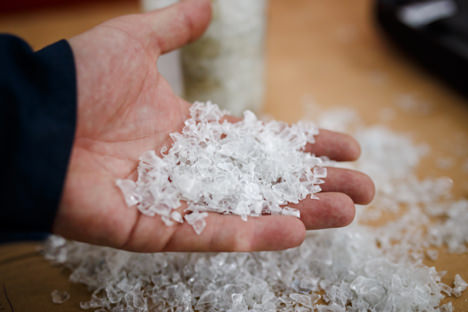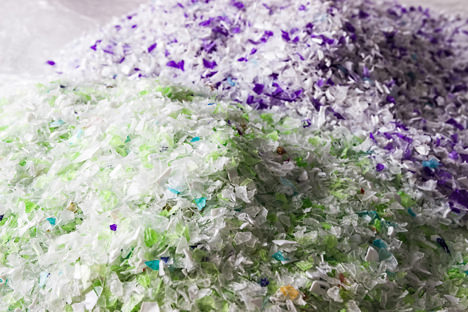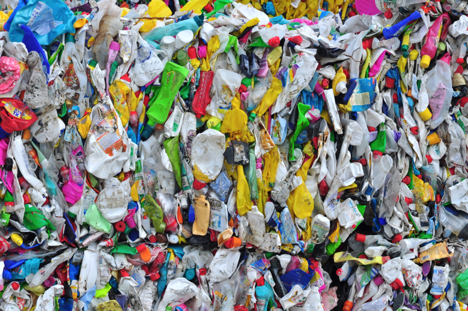
Most informed consumers have a basic understanding of the recycling process. However, many may not truly understand how the plastic bottles they recycle can be used to make brand new plastic products.
There is another concept, known as downcycling, that plays a key role in the recycling process. This concept is not as widely understood but can help you better form a clearer picture of how plastic recycling works.
What is Downcycling?
Downcycling is the term used to describe a recycled product that is not as structurally strong as the original product made from virgin materials.
Downcycled materials can therefore only be used to make a different type of product than the original. It is also possible to make the original product using recycled materials, provided there is a mix of recycled plastics with new, virgin materials.

Examples of Downcycling
When plastic bottles and materials are recycled by mechanical methods, the plastic gets weaker. However, downcycling makes it possible to still put the recycled materials to good use.
A common example of the downcycling process includes transforming plastic bottles into carpeting or fleece fibers and later turning fleece and carpeting materials into plastic lumber products.

Other downcycled uses for plastic bottles include:
- Car parts
- Park benches
- Drainage pipes
- Railroad ties
- Truck bed liners
Polyethylene terephthalate (PET) plastic bottles can also be upcycled into goods of a higher quality, such as textiles.
What are the benefits of downcycling?
Downcycling helps protect the environment by eliminating waste and making new products out of something old that would otherwise end up in a landfill.
The downcycling process also offers benefits such as:
- Energy cost saving
- Reduced pollution
- Decreased manufacturing costs
- Environmental protection
How does the downcycling process work?
Downcycling happens all over the world in processing plants that accept plastic as well as other products like glass, cardboard, and paper.
Another benefit of downcycling from a manufacturer’s point of view is that downcycled items do not have to be sorted. Unlike recycling, where a premium is put on sorting plastic bottles by material & color to ensure the clearest possible PCR for producing recycled bottles, common materials of any variety can be downcycled into a uniform, stable product.
The unsorted plastic containers are first broken down into plastic flakes. Manufacturers can then purchase the flakes for use in manufacturing processes for their respective industries. For instance, in the case of downcycling plastics into yarn or thread for carpet or garments, the flakes are pelletized, then extruded and spun into yarn. The same pelletization process is used in other applications including outdoor furniture, large containers (like garbage bins) and decking. The downcycled pellets can then be used for a variety of moulding applications similar to those used for virgin resins.
While plastic bottles and other materials lose their original structure and volume during the downcycling process, making it difficult if not impossible to recycle them again, it’s still important to eliminate as much environmental waste as possible by repurposing into non-single use goods.
How many times can plastics be downcycled?
Most plastics can be recycled into their original form only one or two times before they need to be downcycled into clothing or lumber products.
In some cases, the product resulting from downcycled plastics can’t itself be recycled. For instance, if plastics are transformed into a fleece jacket, the jacket can’t be downcycled like the original plastic bottle.

The Goal of Reduction
The rallying cry of environmentalists of ‘Reduce, Reuse, Recycle’ is certainly important, it’s just as important to remember what order these terms are placed.
Ultimately, we should strive to reduce the use of materials as much as possible in our everyday life. Consider making minor lifestyle changes to reduce your impact on the environment, such as reusing that plastic water bottle before placing it in the recycling bin and reusing plastic grocery bags for future grocery trips.
Responsible manufacturers are also assuming their role in responsible recycling, often using recycled plastic bottles to make other products and working to reduce the amount and weight of their product packaging. They also strive to use highly-recyclable materials, like those sold through oberk.com, to minimize their impact on the planet.







































